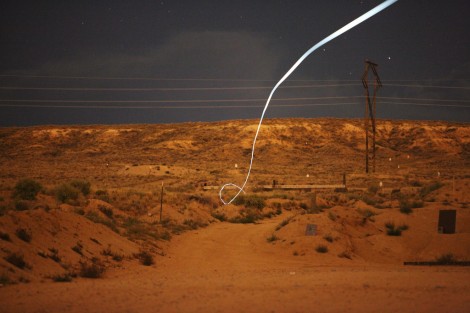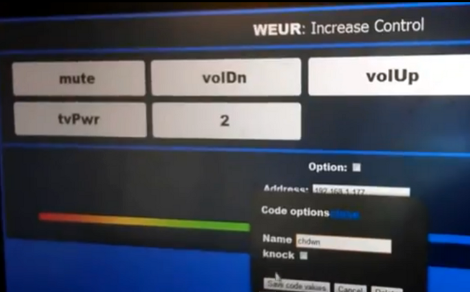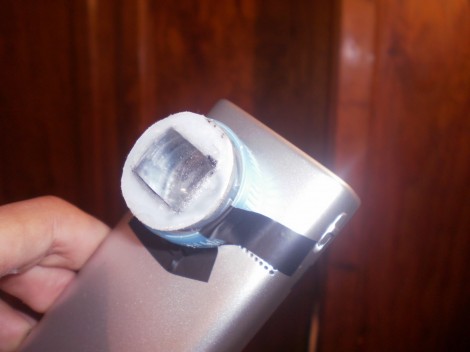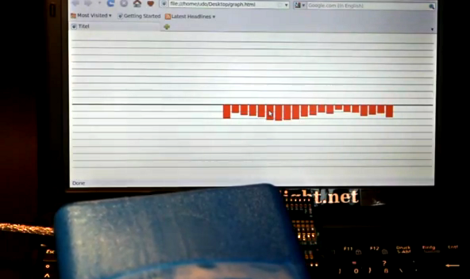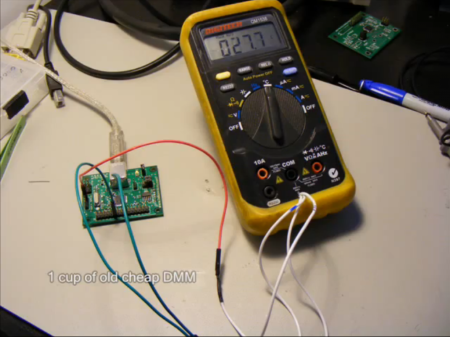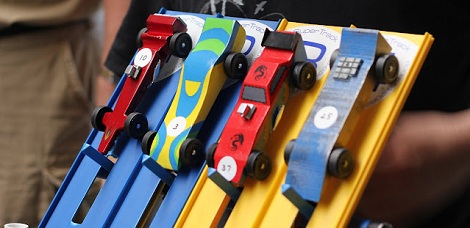
As a boy scout properly acculturated into the DIY philosophy, [Adam] really wanted to get his hands on the new Inventing merit badge. The merit badge required solving a problem, so of course a pinewood derby instant replay system was the obvious solution.
After thinking through a few solution paths like a radio-controlled camera that follows the cars, [Adam] settled on a system that would replay the pinewood derby cars crossing the finish line. [Adam]’s father found a cheap and readily available Playstation Eye camera that can record 60fps video for this task. [Adam] used a laser/photodiode/Arduino setup to detect when a car was crossing the finish line. A bit of Processing code supplied by his father records the relevant 60 frames of video and plays them at 5fps on a projector for the enthralled spectators.
We suspect that a similar setup could be used if [Adam]’s den wanted to try the rain gutter regatta or oft-forgotten space derby next year. Check out [Adam]’s instant replay system after the break, or join us in the comments for the inevitable argument over who had the best pinewood derby car.
Continue reading “Earning A Merit Badge With A Pinewood Derby Photo Finish”

